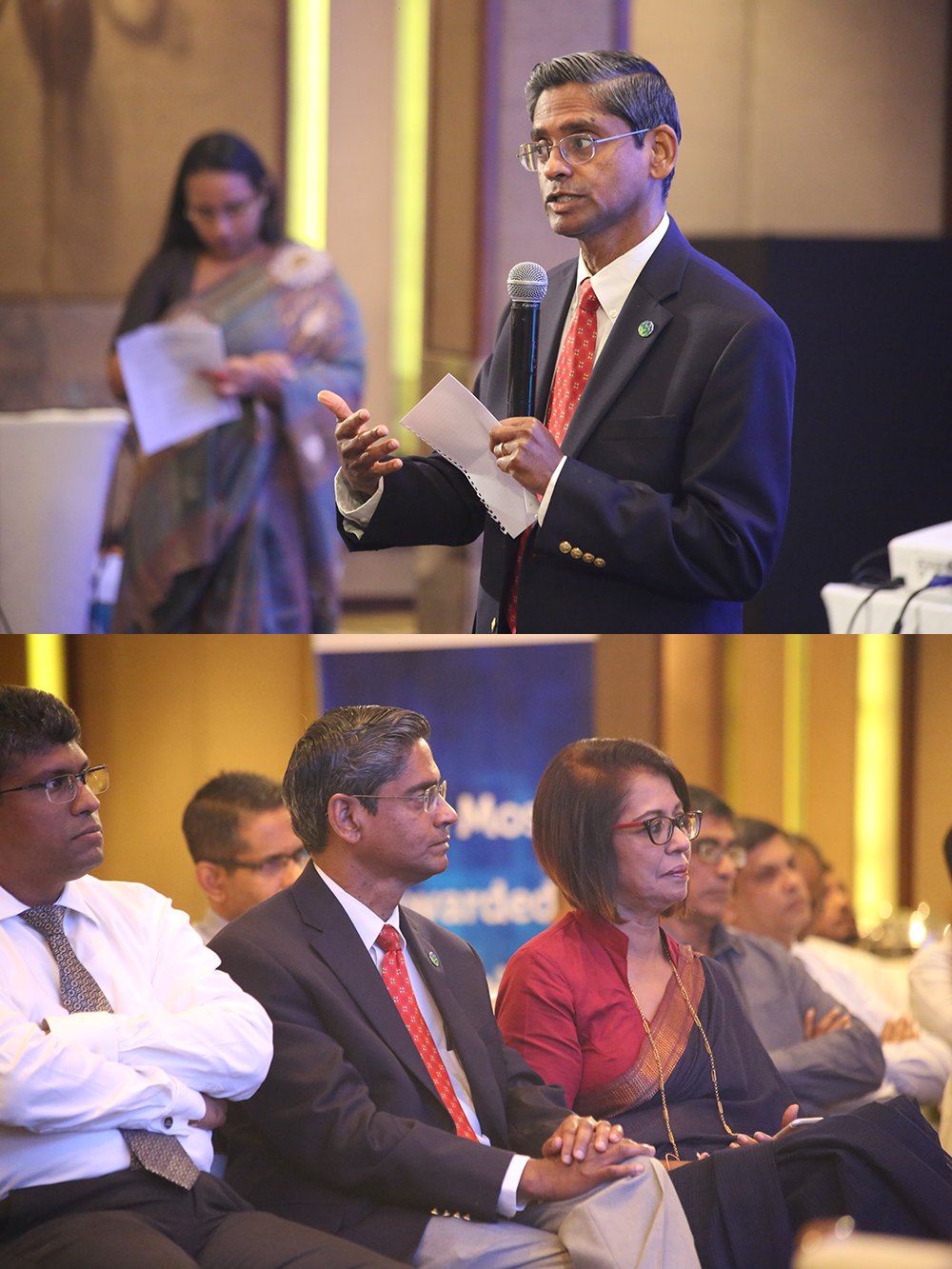BIODIVERSITY SRI LANKA
BIODIVERSITY SRI LANKA’S ANNUAL CEO FORUM LAYS A ROAD MAP FOR BUSINESSES IN CLIMATE CHANGE ADAPTATION
Delivering the keynote address on “Climate Change Challenges and Solutions for Sri Lankan Businesses “at Biodiversity Sri Lanka’s annual CEO Forum, Attorney at Law, Dr. Lalanath de Silva stated that over the past 20 years, climate change has risen to the top as the major issue facing humanity, and yet the phenomenon is mired with seemingly endless debates. He further emphasized that Sri Lanka has seen a historical increase, in both the number and intensity of climate calamities, such as droughts, floods, geographic changes to vector borne diseases, coastal erosion, tropical storms, crop failures, landslides and siltation of reservoirs. All of these are related, at least partially, to temperature and rainfall changes caused by climate change and have devastating impacts not only on individual species and ecosystems but also to humans and businesses.
The Annual CEO Forum of Biodiversity Sri Lanka held recently witnessed a large audience representing member companies, government officials, invited INGOs, NGOs and foreign missions, technical experts, students and academia.
Dr. de Silva quoting from a report by the Asian Development Bank, stated that tropical and subtropical regions of Bangladesh, Bhutan, India, and Sri Lanka are projected to be vulnerable to increasing temperatures and CO2 levels, with a decline in rice yields of as much as 23% by 2080. He said, a June 2017 World Bank report stated that on average over the long term, annual losses for housing, infrastructure, agriculture, and relief from natural disasters are estimated at LKR 50 billion (or around USD 327 million), with the highest annual expected losses from floods (LKR 32 billion), cyclones or high winds (LKR 11 billion), droughts (LKR 5.2 billion) and landslides (LKR 1.8 billion). This is equivalent to 0.4 percent of GDP or 2.1 percent of government expenditure. To overcome these challenges the report suggests that Sri Lanka needs to identify current climate risks, and implement immediate risk mitigation interventions, identify future drivers of risk and create basin-level long-term risk mitigation investment plans, followed by physical investments.
Laying out a Road Map for Sri Lankan businesses for adapting to the challenges and consequences of climate change, Dr. de Silva noted 10 points for consideration. They were to create climate awareness, to enact appropriate and comprehensive climate change laws that establish the necessary legal and regulatory infrastructure to effectively deal with climate change and adaptation, to implement the national climate change adaptation plans, to create the right economic and political incentives/disincentives for climate change adaptation, to push the government to act – build coalitions and act proactively, to galvanize the insurance industry to take climate risks seriously, to mobilize climate finance from all possible quarters, to unilaterally protect/mitigate impacts without waiting for the government to act, to upgrade the Department of Meteorology to develop a strong weather and climate prediction and early warning system and to develop a transitional plan to bridge the gap from where we are now to where we need to be.




